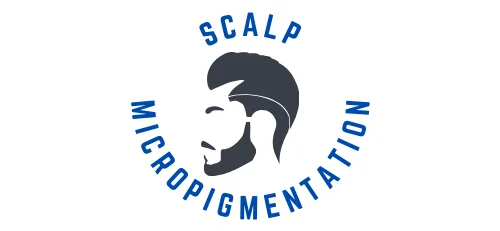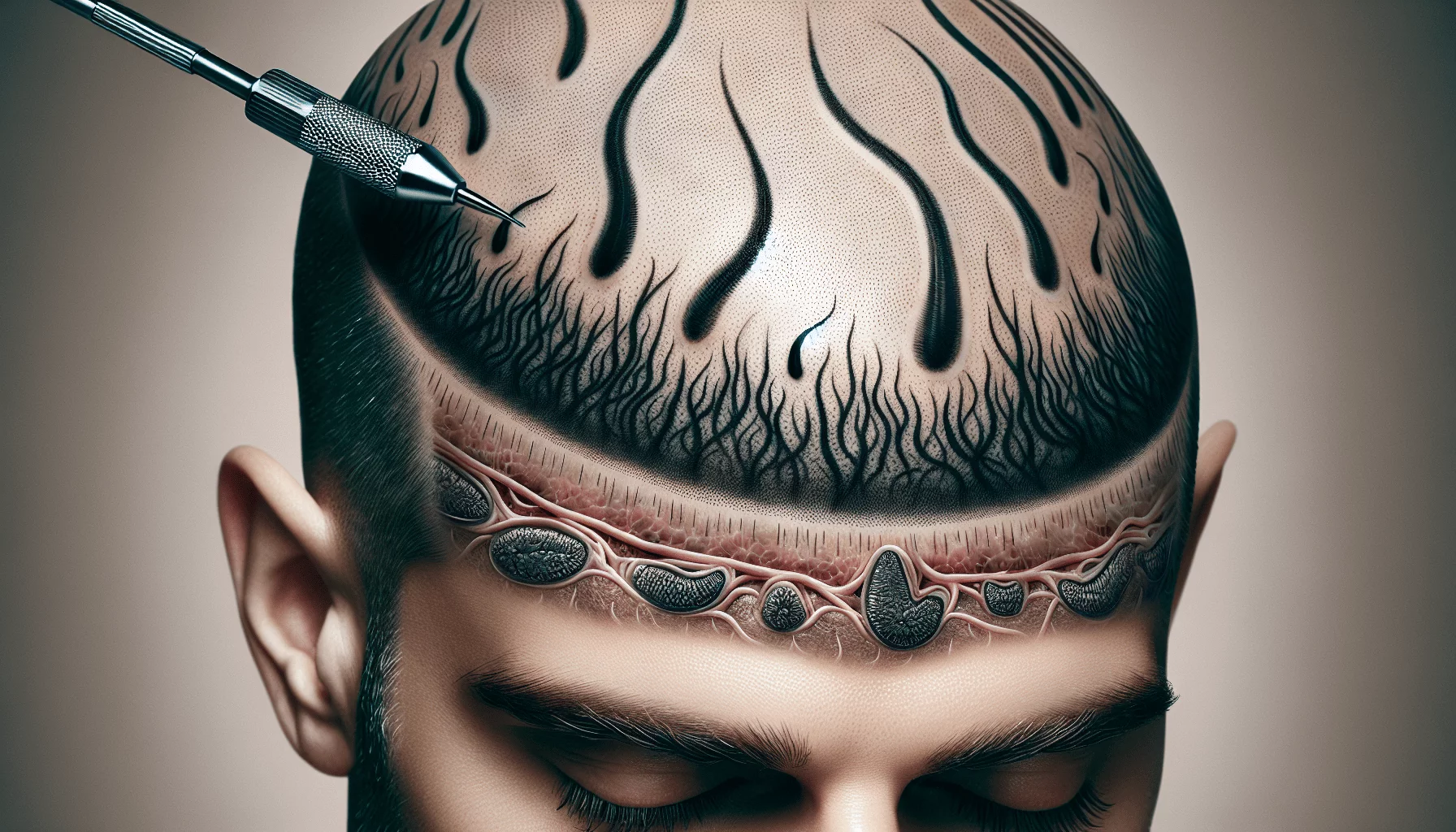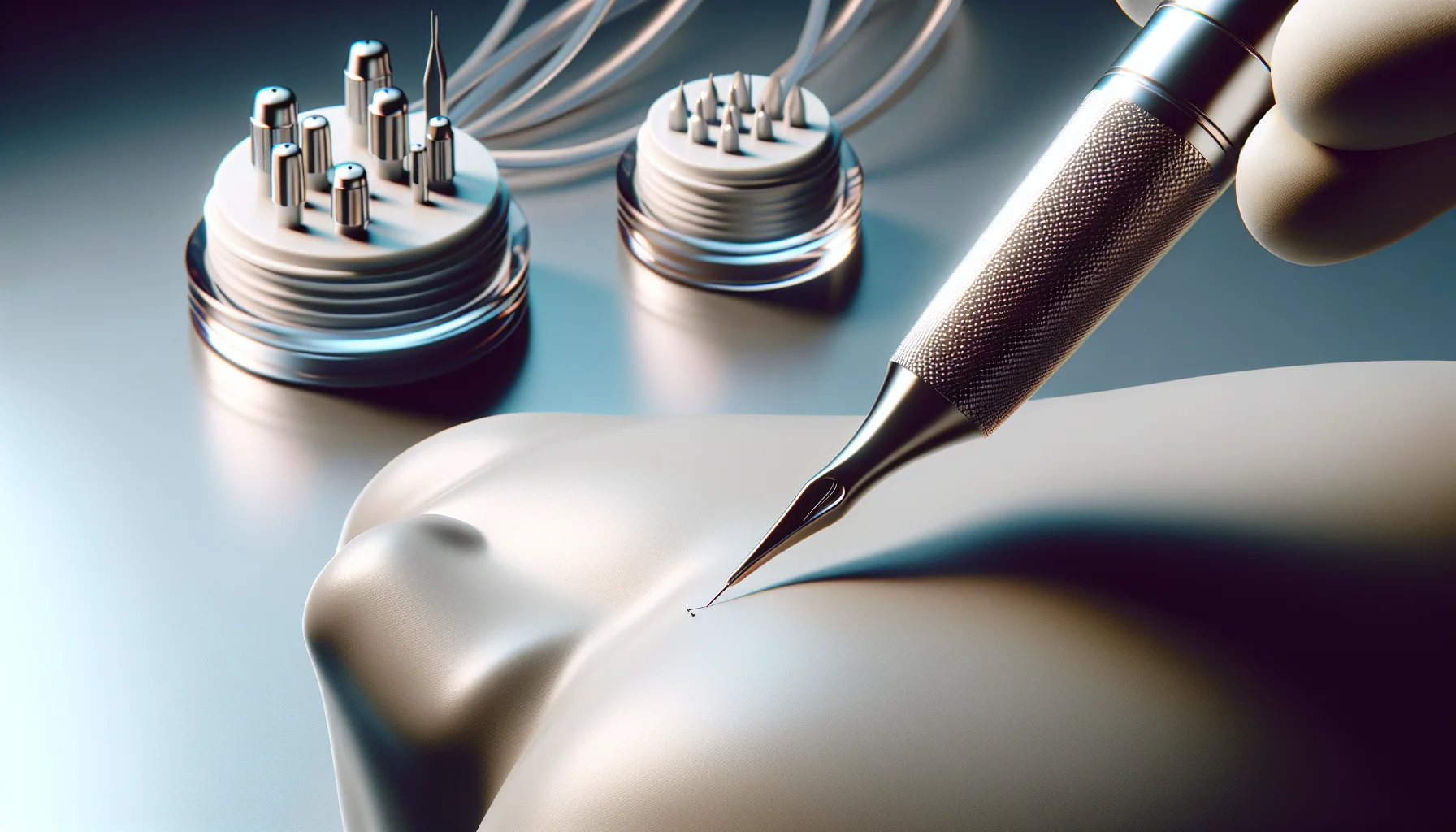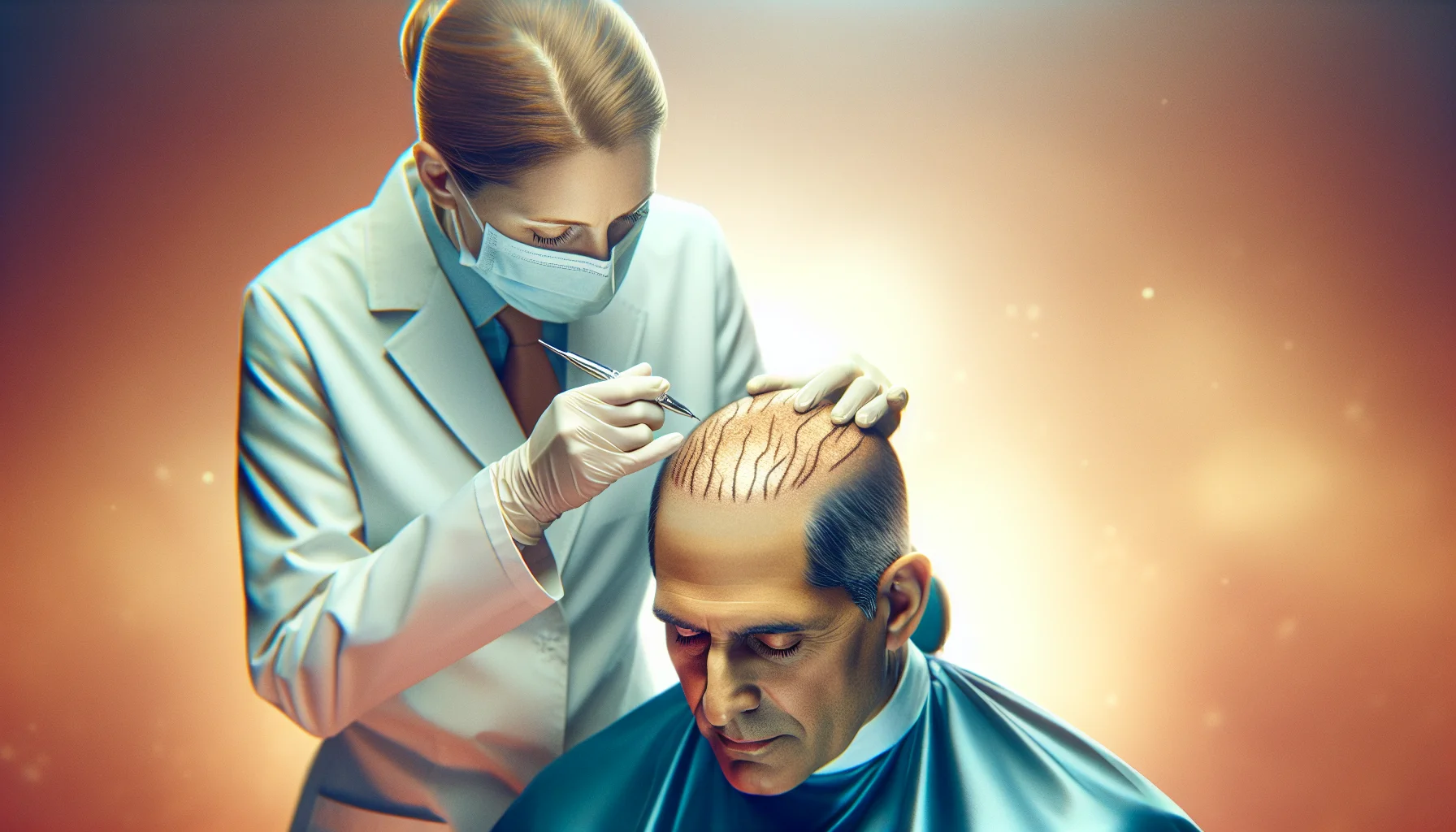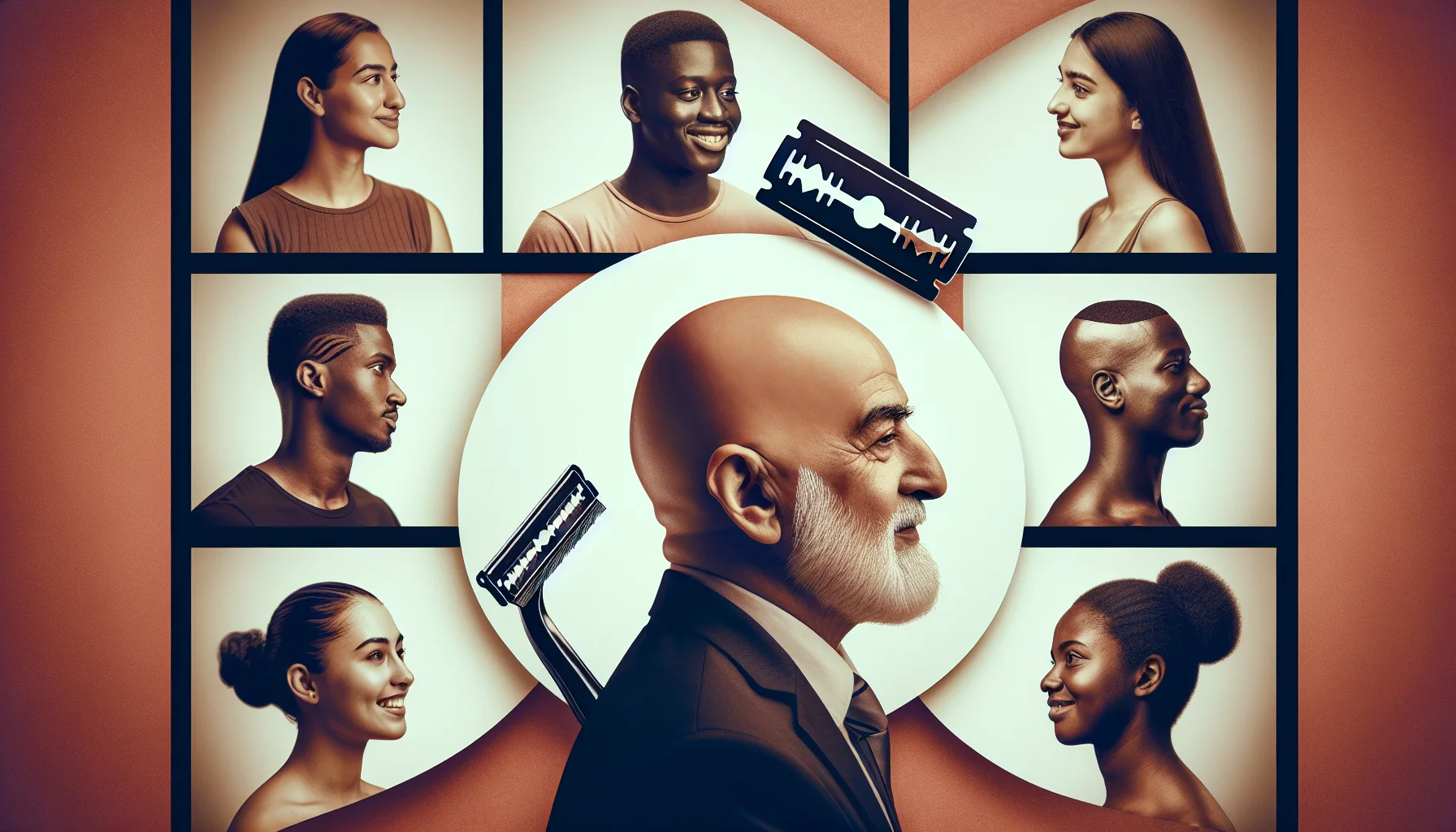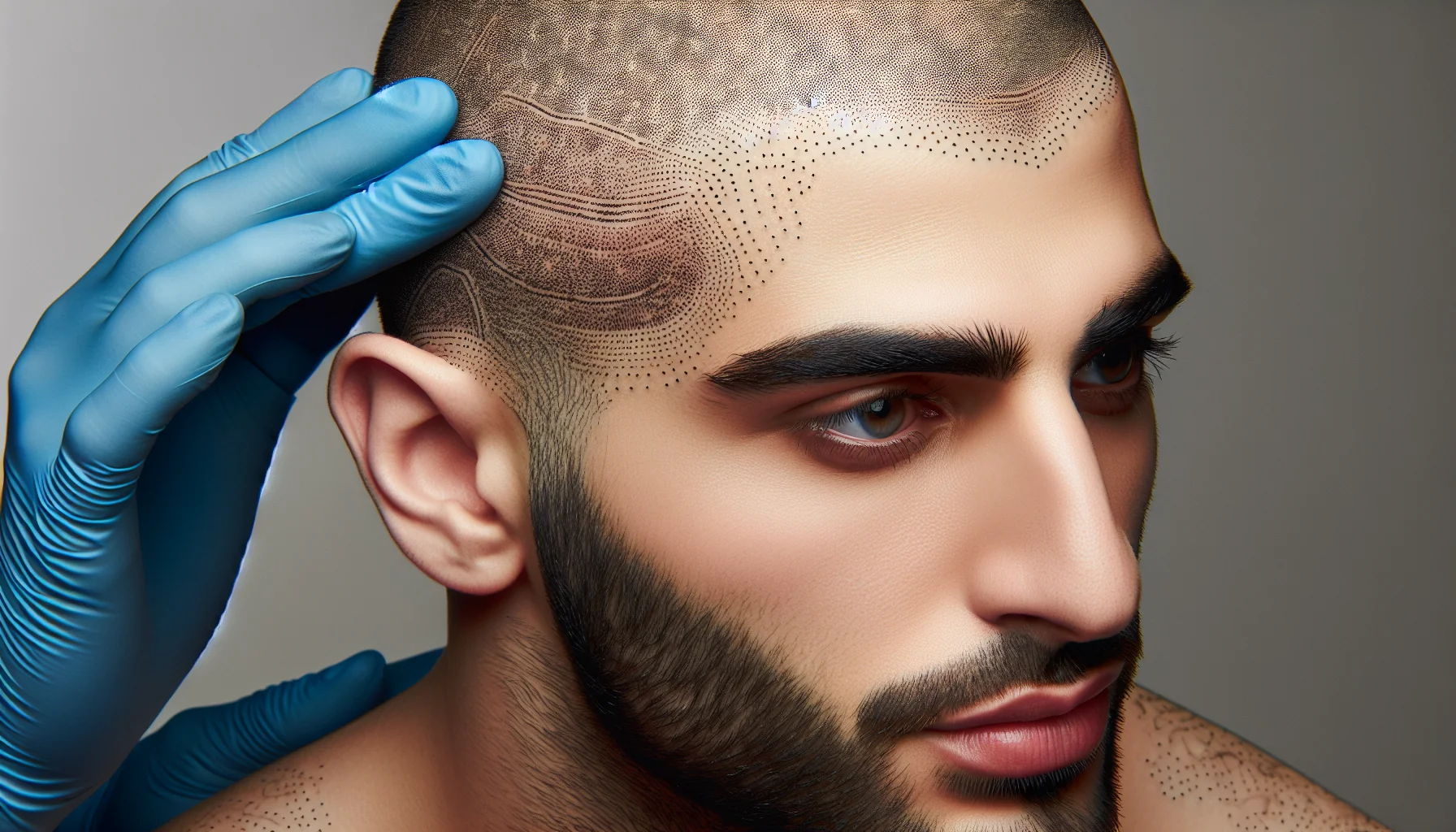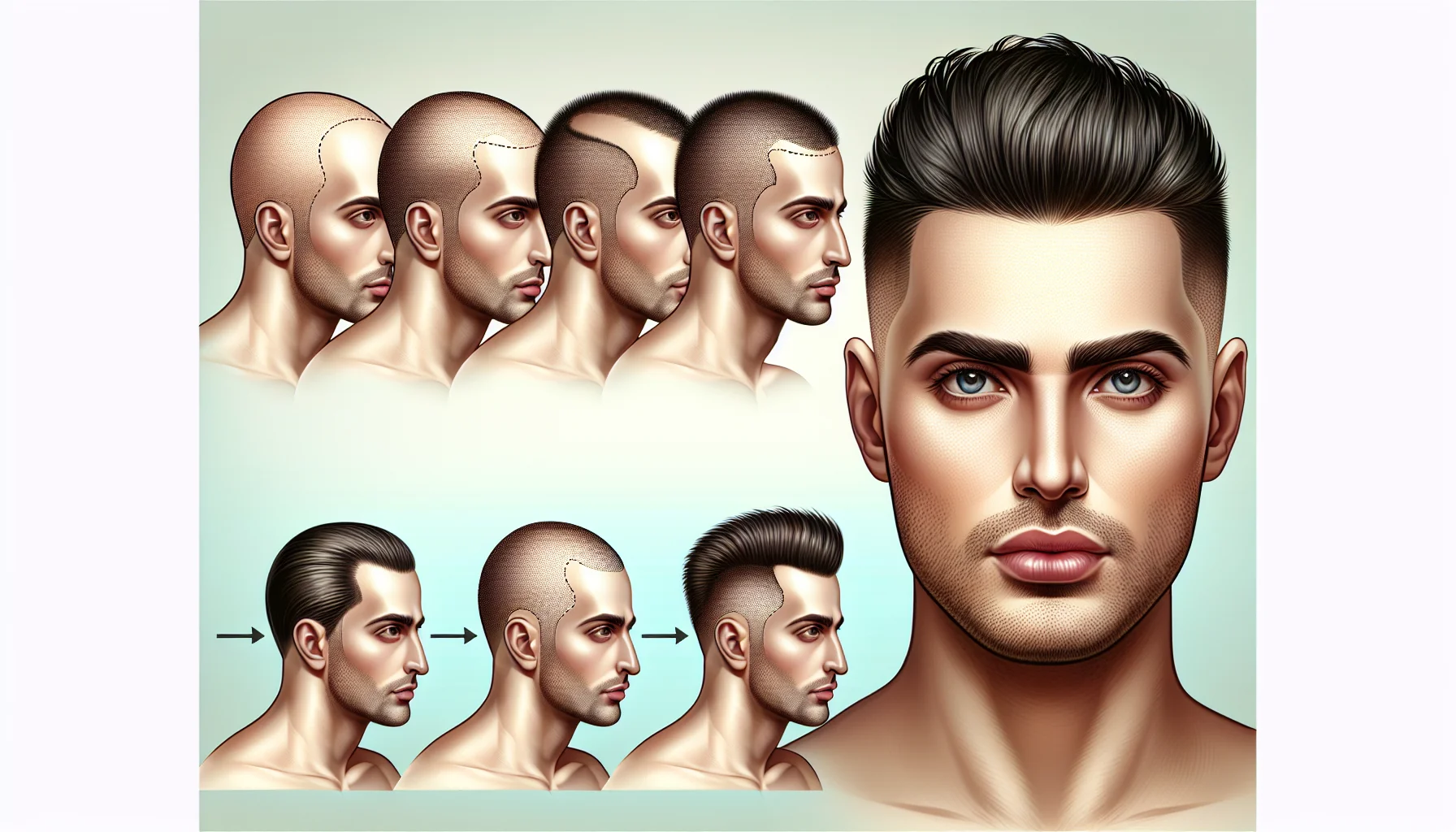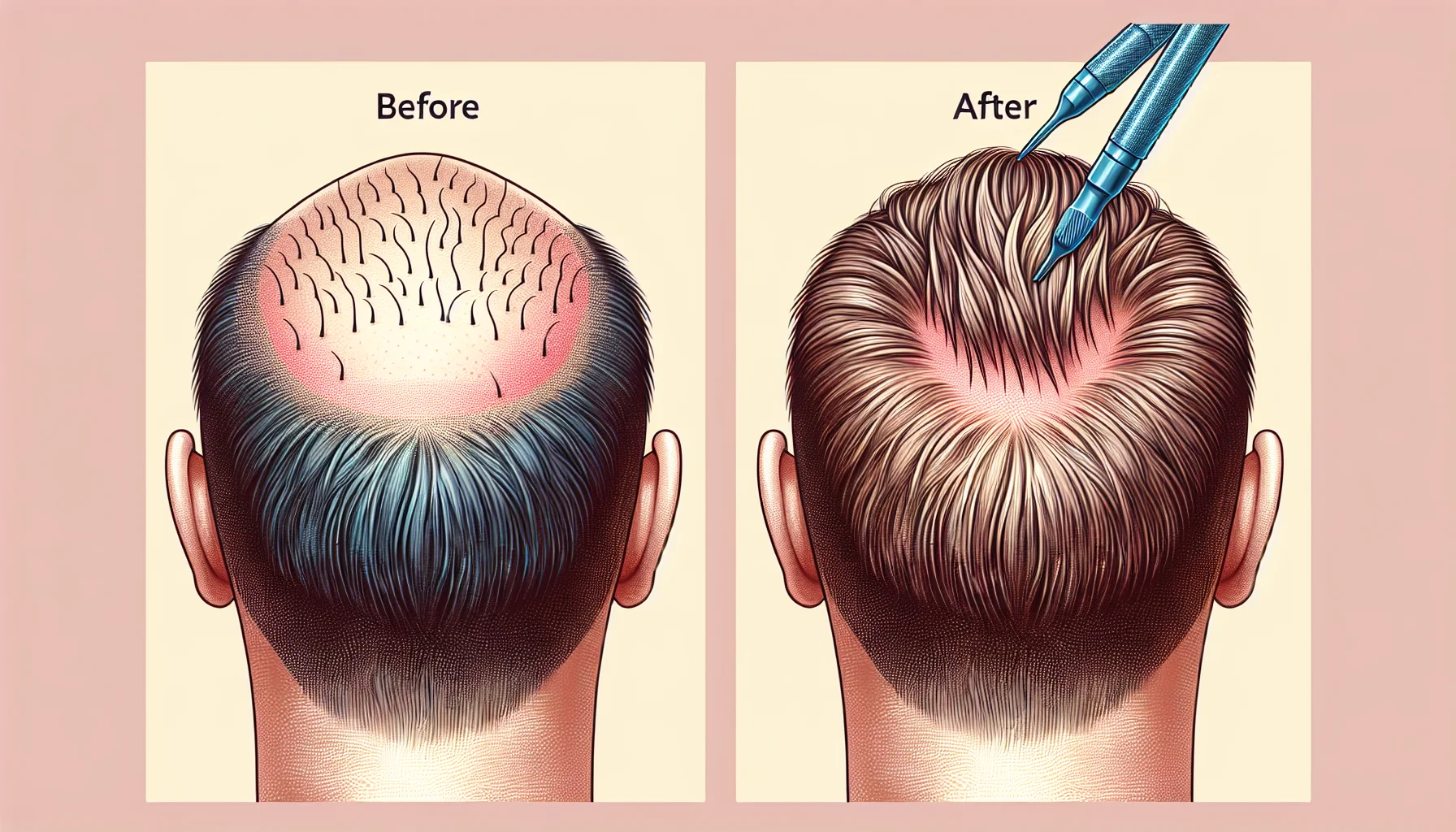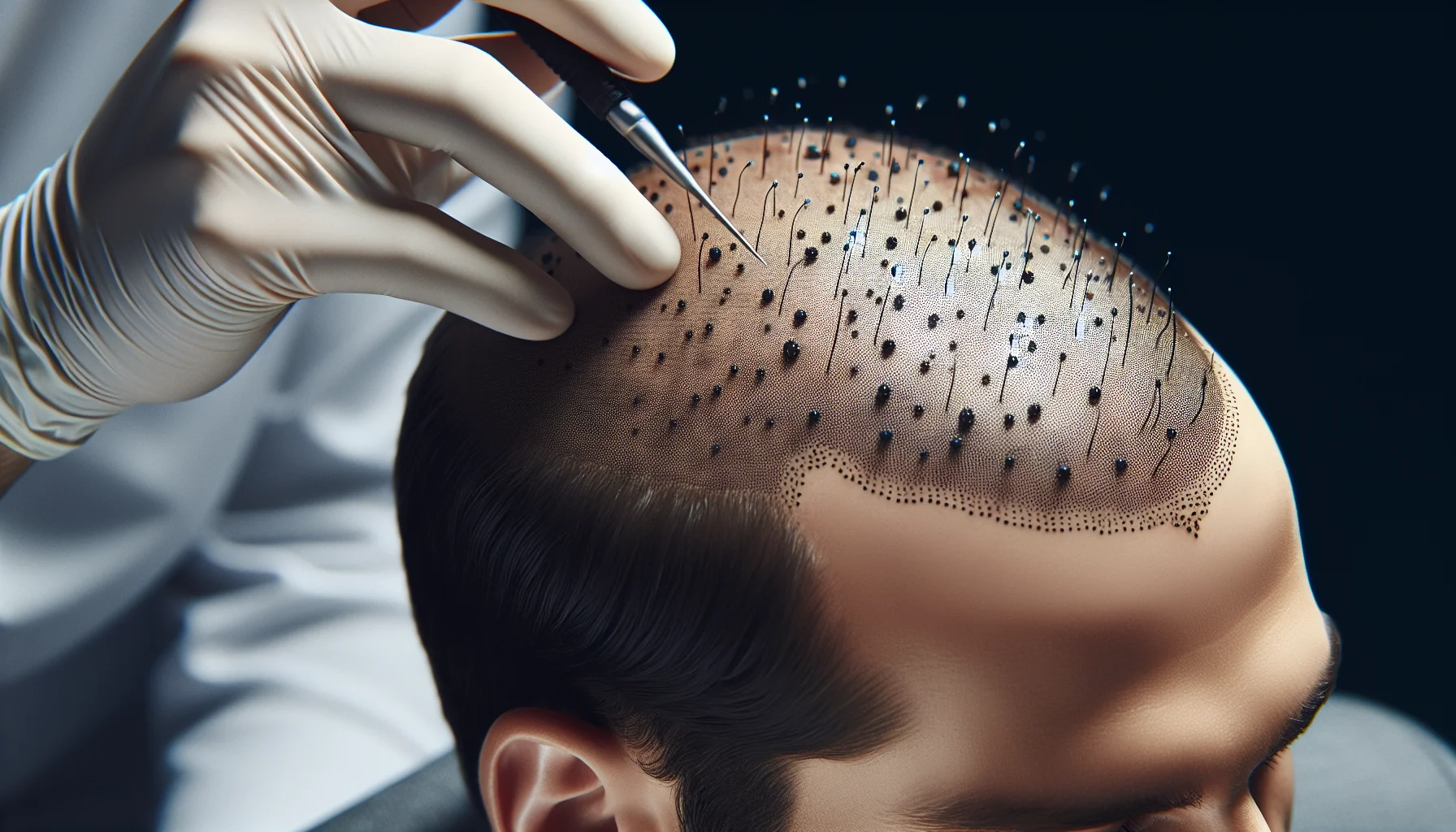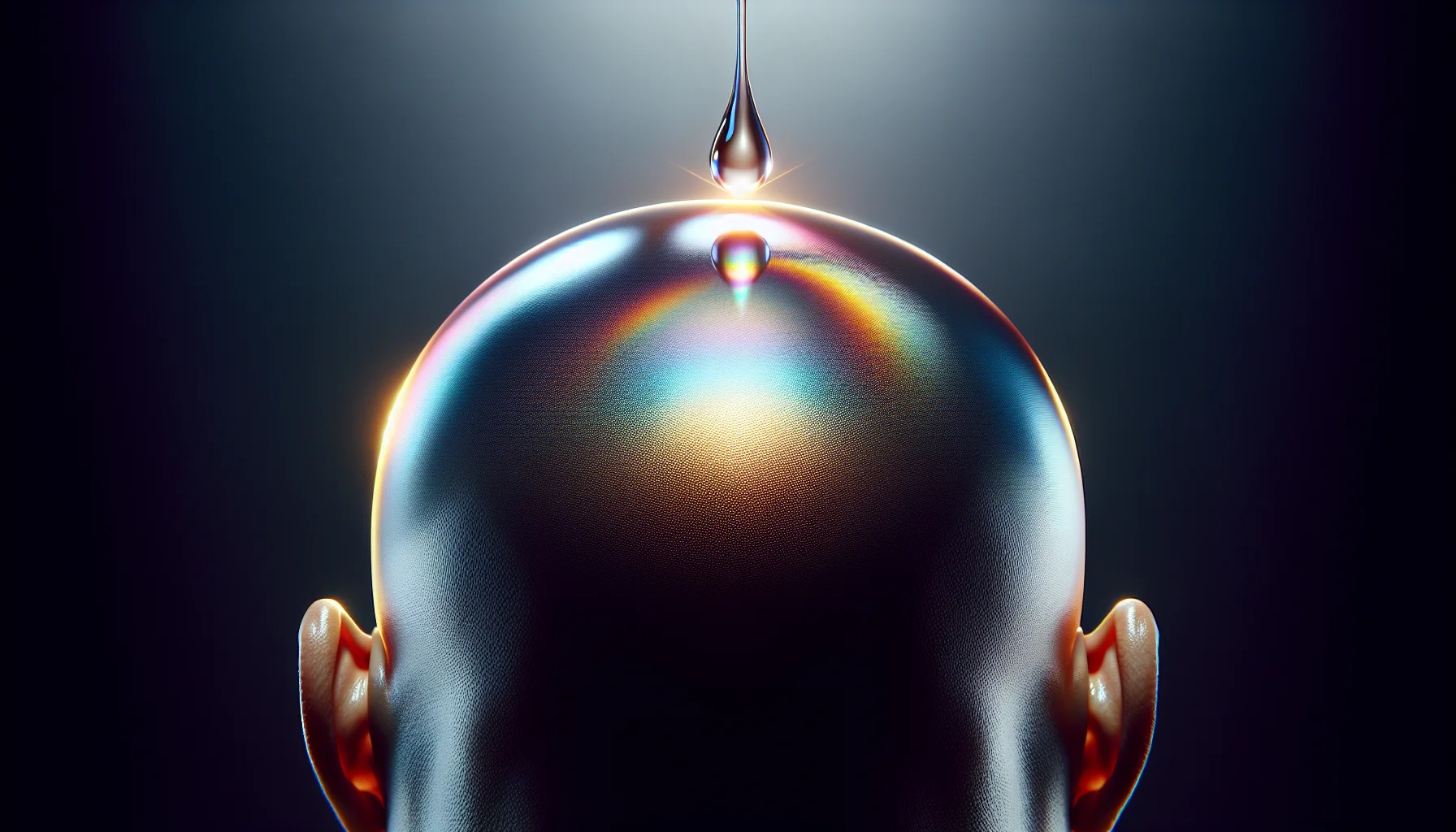Discover the advanced insights of scalp micropigmentation’s impact on lifestyle and self-image. Explore how this revolutionary solution has transformed countless lives, boosting self-esteem and confidence. Uncover the hidden…
How Scalp Micropigmentation Enhances Aesthetic Choices
Enhance your aesthetic choices with Scalp Micropigmentation. Natural and realistic hairline, add density, and hide scars. Say hello to a confident you.
A Comprehensive Guide To Scalp Micropigmentation Techniques And Trends
A comprehensive guide to scalp micropigmentation techniques and trends. Learn about non-invasive solutions for hair loss and the latest industry trends. Say goodbye to hair loss concerns with…
The Role Of Scalp Micropigmentation In Self Esteem
Discover the transformative effects of scalp micropigmentation on self-esteem. Replicate hair follicles with pigmented dots to boost confidence and create a fuller-looking scalp. Say goodbye to insecurities and…
SMP And The Changing Perceptions Of Baldness
Discover how Scalp Micropigmentation (SMP) is changing perceptions of baldness. Explore the natural-looking solution that allows individuals to embrace their baldness with confidence. Learn about the benefits, the…
The Importance Of Realistic Expectations In Scalp Micropigmentation
Discover the importance of realistic expectations in scalp micropigmentation. Understand what can be achieved, manage client expectations, and maintain long-term satisfaction.
SMP For Aging Hair: A Youthful Transformation
Looking to rejuvenate your aging hair? Discover the transformative power of SMP – a non-invasive procedure that creates the illusion of a full head of hair. Say goodbye…
Exploring The Versatility Of Scalp Micropigmentation Styles
Discover the remarkable versatility of scalp micropigmentation styles. Say goodbye to balding and insecurity with natural-looking hairlines and added density. Explore the techniques that can transform your image…
SMP For Hair Texture Imitation
Unlock the hairstyle of your dreams with SMP for Hair Texture Imitation. Replicate any hair texture with confidence and embrace endless style possibilities. Say goodbye to tedious styling…
Addressing Scalp Micropigmentation Concerns: Expert Advice
Looking for expert advice on scalp micropigmentation? Address your concerns about side effects, longevity, and results with our informative article. Gain peace of mind and make an informed…
The Psychological Benefits Of Scalp Micropigmentation
Discover the psychological benefits of scalp micropigmentation. Boost confidence, improve self-image, and enhance well-being with this revolutionary solution.
Scalp Micropigmentation And UV Protection
Discover how scalp micropigmentation not only provides the illusion of full hair but also offers crucial UV protection for your scalp. Say goodbye to sunburned scalps and hello…
The Relationship Between SMP And Scalp Health
Discover the connection between SMP and scalp health. Learn how SMP can enhance appearance and improve overall scalp health. Explore the benefits and potential risks of SMP. Find…
SMP Maintenance: Ensuring Longevity Of Results
Ensure the longevity of your scalp micropigmentation (SMP) with proper maintenance. Get valuable tips on caring for your SMP to enjoy long-lasting results.
Scalp Micropigmentation: A Lifestyle Choice
Discover how scalp micropigmentation can transform your lifestyle. Say goodbye to hair loss worries with this non-surgical, low-maintenance solution. Boost your confidence and redefine your appearance with realistic…
